

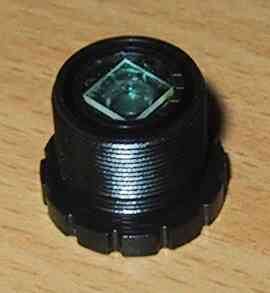
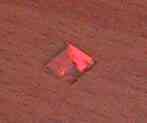
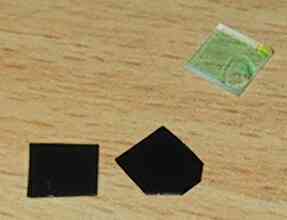
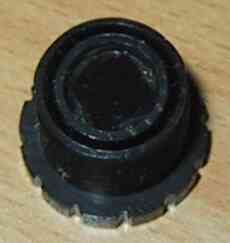
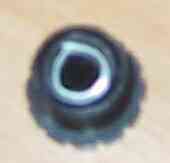
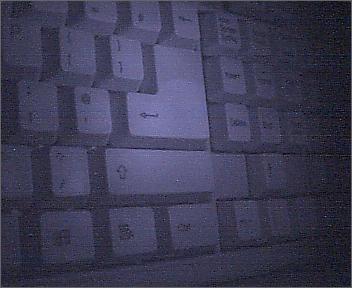
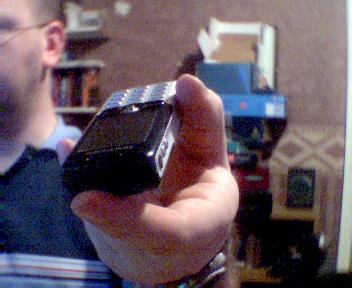
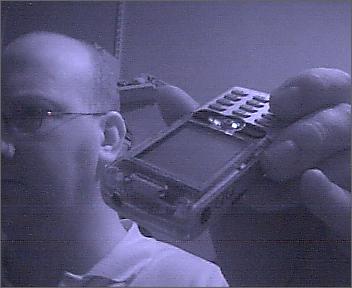
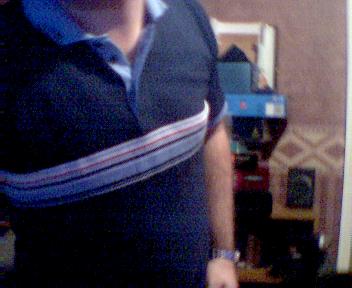
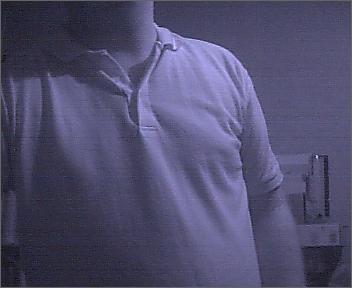
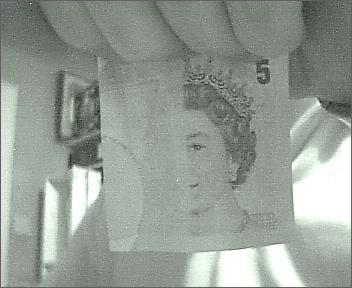
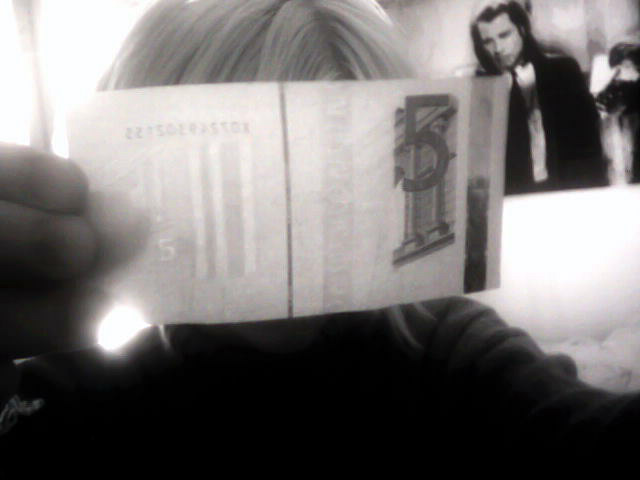
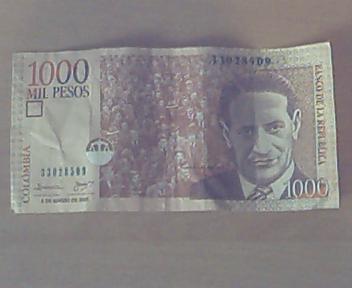
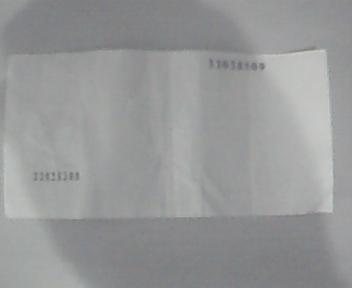

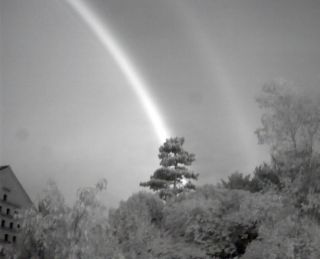
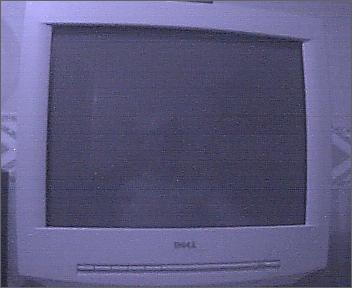
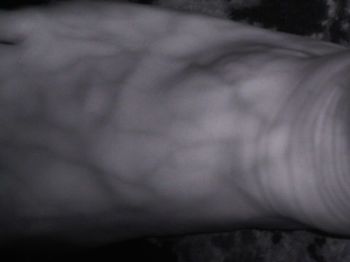
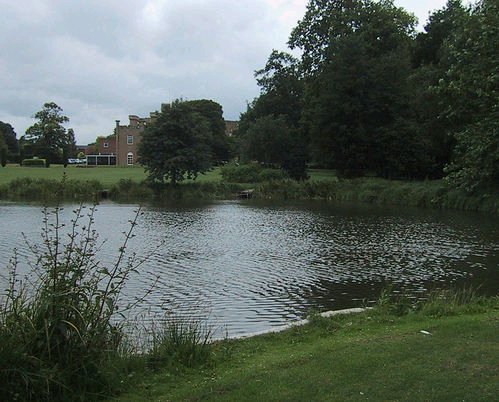
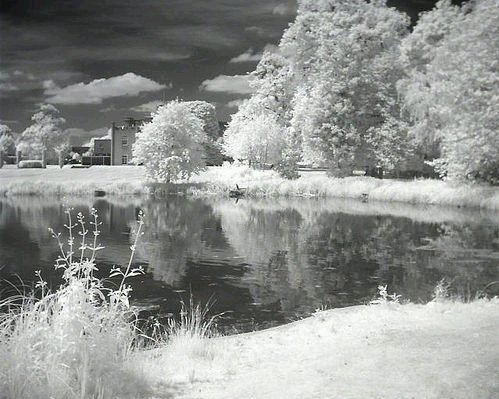

| Known good Cameras | ||
| Camera | Hacker | Notes |
| Alaris weeCam | Mitch White | See above RE:filter |
| Creative NX Pro | Moses Holmström | |
| Dexxa Webcam | James S A Glover | |
| IBM PC Webcam | Jorge Dominguez | The filter is hard to find |
| IBM PC Webcam | Saint Aardvark the Carpeted | Excellent name - more info here |
| ICatch (VI) | Smidge204 | A press fit plastic ring holds the filter |
| Old Logitech | schmu | |
| Logitech Quickcam Zoom | Eric Andersen | |
| Sony Eyetoy | Reggie Sanderson | |
| Quickcam Express | Jerome | Another Logitech success? |
| Older Philips USB model (not the sound one) | Lawrence McG | |
| Old Creative Webcam | Ken Ralto | See sub page about the filter |
| Vgear2 Minicam | Mick | |
| Nexxtech mini digital camera | James Jackson | Mini standalone digital camera |
| Oregon Scientific Flashcam | Me | Standalone camera. Had to scrape lens |
| Logitech Quickcam Chat | Lee vonKraus | Instructions here. |
| Trust Spyc@m 100 | Jorrit Kronjee | |
| Ge MiniCam Pro. | Mack Higgins | |
| Swex New Design | Johnny | As mentioned earlier. |
| DSE (Dick Smith Electronics) webcam | Paul B | |
| Cool-i-cam (blue micro edition) | Jared Belkus | |
| Logitech QuickCam Messenger | Daniel Nickels | |
| GE HO98064 | Richard Lee | |
| Genius VideoCam Look | JJ | |
| Philips ToUcam II | Artturi Vuorinen a.k.a. Saipher a.k.a. Cypher | |
| Micro Innovations Micro Webcam Mobile | Brian Shacklett | |
| PC Line PC Cam 300a | Kristiaan Davies | |
| Trust spacecam 120 | Andreas Gustavsson | |
| Kodak DVC 323 | James Tseng | I believe this is a standalone digicam. |
| Logitech quickcam messenger | Pix | |
| Argos WebCam with Microphone | Mark Everingham | |
| Q-TEC 100 USB | Peter | |
| Orite MC310 | Onur Akgun | Scrape the filter off. |
| GSm@rt A30 Camera | Jeremy Shepard | "Was a total pain in the ass." |
| ICatch (VI) | Smidge204 | |
| Fuji Finepix 1300 | mark hoekstra | Full story here. |
| Quickcam Pro 4000 | Jim Munro | Remove the adjustment lens and push the filter out |
| Logitech Quickcam Sphere Called Quickcam Orbit in the US | Ramon | Very expensive to do this with Need to cut the filter out |
| Philips PCVC740K ToUcam Pro | Peter Barr | |
| Cameras where only some work | ||
| Camera | Notes | |
| Logitech QuickCam Express | Worked for Brandon H | |
| Cameras known not to work | ||
| Camera | Hacker | Notes |
| LabTec "Webcam USB PC Camera" | Bjoern Wieland | Filter is a coating on the sensor package |
| Creative PC-CAM 600 | Ben Bake | |
| Logitech Quickcam Pro 4000 | Brian Hansen | |
| Old IBM PC Camera (older than five years) | Ross Moffett | |
| Veo Stingray | Ross Moffett | |

